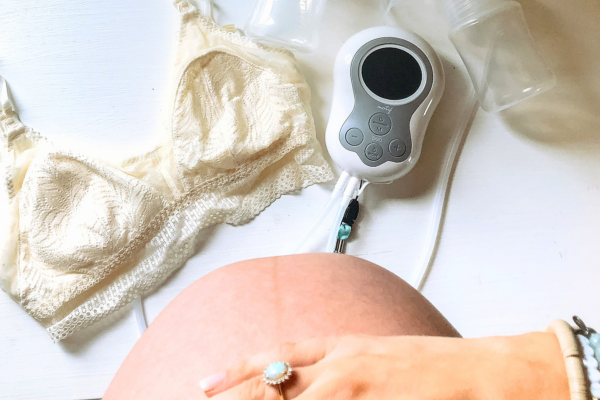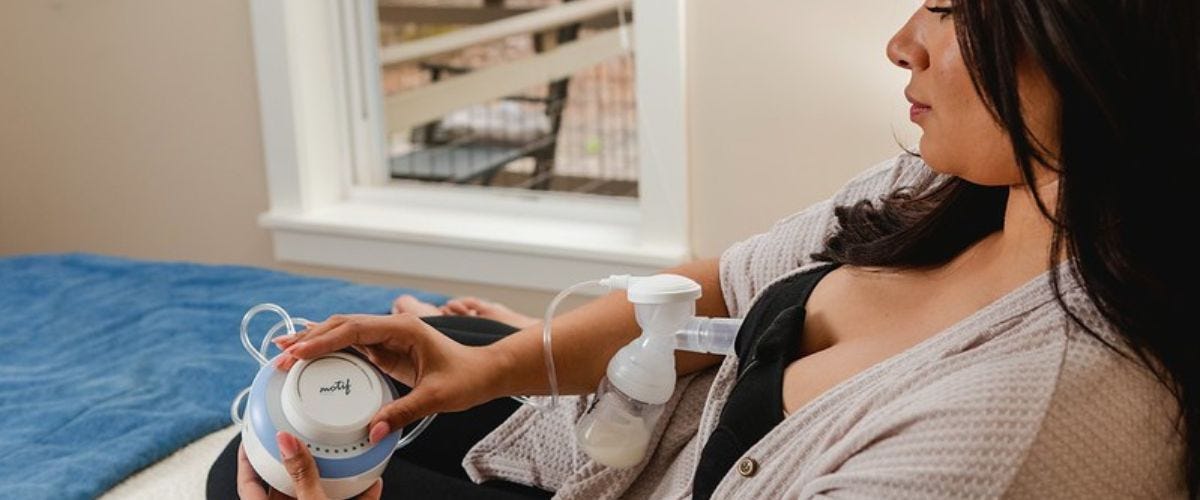Why the Golden Hour is so Important?
The first hour after birth is often referred to as “the golden hour.” Just like the magical time before the sun sets, when everything seems to glow, so this hour after birth is precious and fleeting. It’s a pivotal and important time of transition for both the mother or birthing person and the baby, as you are both shifting from being one to being two. And with this shift comes a whole lot of physical change—the mother’s circulatory system is adjusting to changes in blood volume, the reproductive system is working to contract the uterus, the baby’s lungs begin to breathe for the first time and their cardiovascular system is making changes in how the blood flows through the body. There is a lot going on in these moments that can’t be seen with the human eye!
Birthing Parent Transition
As soon as your baby is born, your body begins the transition to postpartum. This involves huge shifts in your hormones and blood volume, not to mention the placement of your abdominal organs! During the golden hour of transition, your uterus is going to contract to push out the placenta and slow your bleeding.
Your cardiovascular system will make adjustments for the blood you lost during delivery and although that sounds bad, it’s a normal part of birth. Your body will have colostrum ready for your baby to eat if you’re planning to breastfeed. Your abdominal organs will begin to shift back down into the space that had been occupied by the baby and your diaphragm will realize it can relax back down.
Do you know what helps to make that postpartum transition easier and less stressful for your mind and your body? Having baby skin-to-skin (Widstrom et al., 2019). Being able to hold your baby reassures your mind that even though so much is changing, all is well. Having your baby close to you improves the bonding between you and the baby, which releases oxytocin. Oxytocin has two major effects in these moments. First, oxytocin is called “the love hormone” because it increases feelings of affection between you and your baby but it also causes your uterus to contract, which minimizes blood loss and promotes a healthier transition to postpartum. This means that both emotionally and physically, it is beneficial for you to have baby skin-to-skin on your chest during the first hour after birth.
Baby Transition
When your baby is born, their whole world changes! Unlike the parents, a baby doesn’t get to take classes or read books about what to do or expect after they’re born. And the only thing that is familiar to them is the person who carried them for the last 9 months. When babies are placed skin-to-skin with the birthing person, it reduces their stress levels during these moments of transition. Babies who are skin-to-skin with their mom cry less and experience fewer complications in transitioning to life outside the womb.
Babies have a lot of work to do after birth! They have never had to breathe before and in response to the pressure changes that happen in their body from taking their first breath, their body also starts to shift the way their blood flows through the body. They have never had to maintain their blood sugar levels before or keep their body temperature consistent, either. It’s all new to them!
You are their constant and being close to you reassures them that everything is going to be ok.
But being skin-to-skin helps babies regulate their body temperature because your body lets your baby know how warm it should be. Your respirations help your baby figure out how to normalize their breathing. Initiating breastfeeding, which happens closer to birth when babies are placed skin to skin, helps your baby keep their blood sugar balanced. And all of that is extra because just being close to you reduces the stress a baby experiences after birth.
Planning Breastfeeding
If you are planning to breastfeed your baby, the golden hour is even more important for you and your baby. Current research shows that when the mother-baby dyad is allowed to be skin-to-skin for the first hour after birth, the first breastfeeding session happens sooner and the breastfeeding relationship lasts longer (Karimi et al., 2020). For breastfeeding dyads, the World Health Organization recommends that the first breastfeeding session occur within the first hour of life, which is another great reason to keep baby skin to skin. The smell of you and your breast tissue stimulates your baby to root and want to suckle. These responses are strongest in the golden hour and become less prominent in the first 24 hours (Widstrom et al., 2019). It is beneficial for you and your baby to make the most of these precious moments!
Talk to Your Provider About Your Birth Goals
With all of this talk about the importance of the golden hour, I can’t help but mention that this is all dependent on the well-being of you and your baby. Talk to your provider about your goals and preferences for the first hour after birth. It can be helpful to discuss different scenarios what your provider would recommend and how you would want them to be managed. Skin-to-skin is even possible in the OR after a cesarean section, but some hospitals don’t routinely plan for this option, which makes it especially important to have these conversations with your provider ahead of time.
Information provided in blogs should not be used as a substitute for medical care or consultation.









